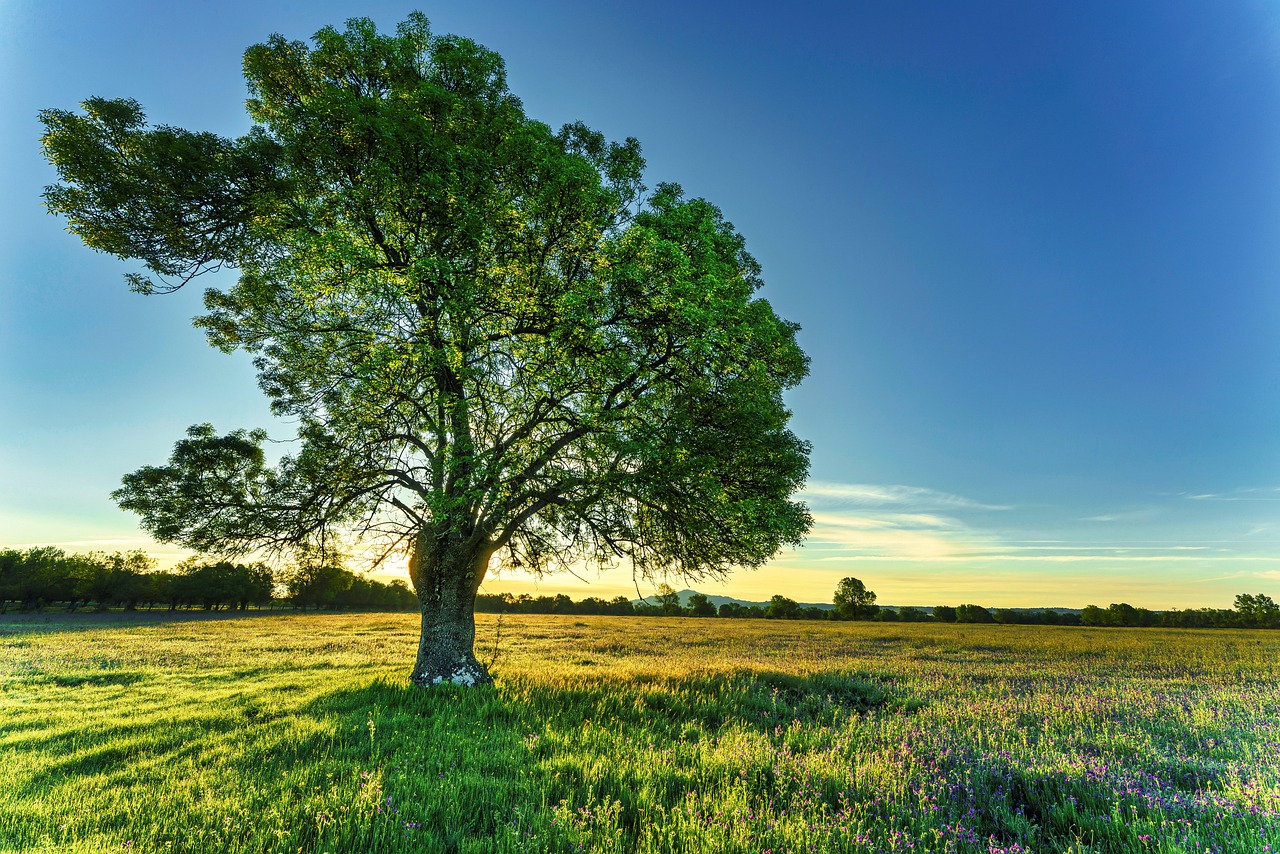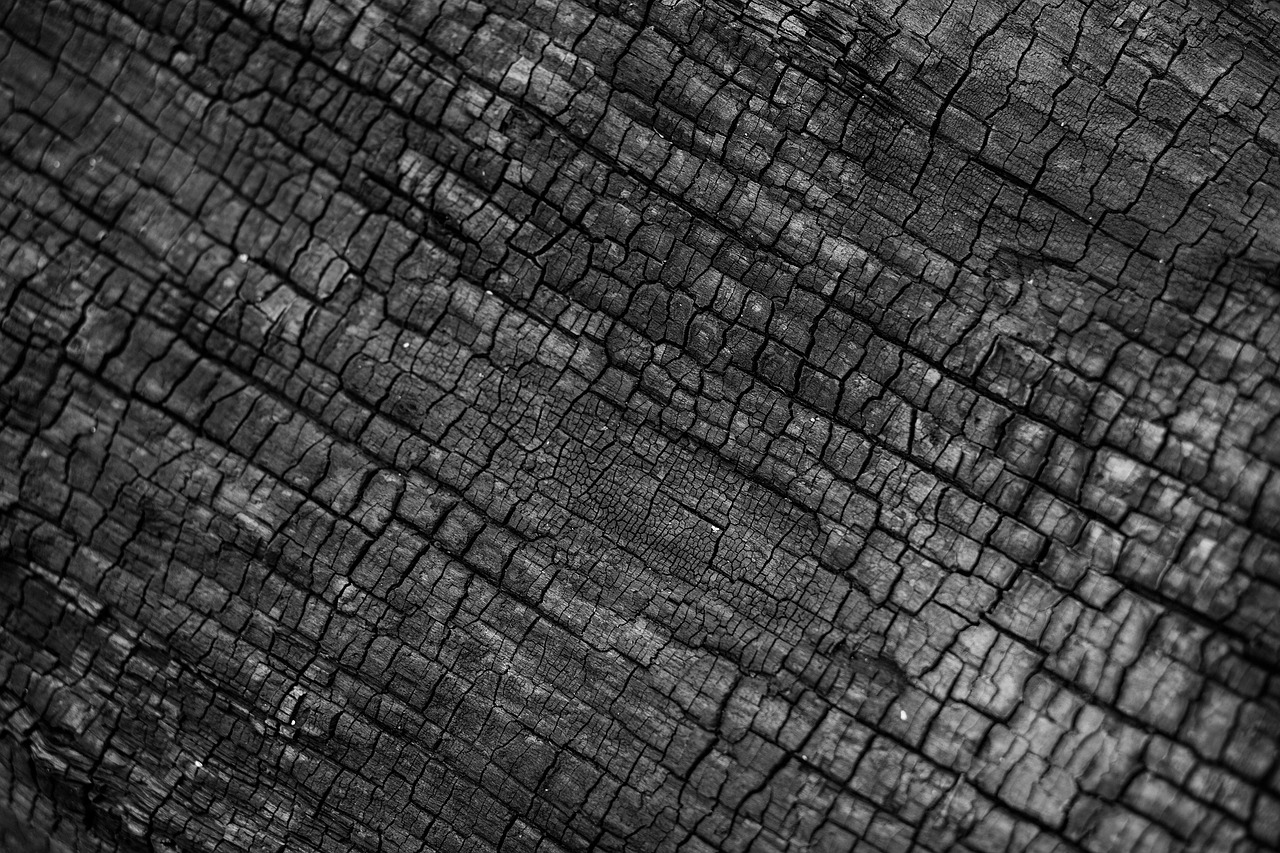Ash trees can be distinguished from elm trees by their compound leaves, which are made up of multiple leaflets arranged along a central stem, while elm trees have simple, serrated leaves. Additionally, ash bark is typically lighter and smoother than the rough, deeply furrowed bark of elm trees.
Ash and elm trees belong to different families and exhibit unique characteristics that make them essential components of various ecosystems. Understanding how to identify these trees can be beneficial for both casual observers and professionals in forestry or landscaping. Their leaves and bark serve as primary identification tools, helping individuals recognize each species in various environments.
Ash trees, part of the Oleaceae family, are commonly found in temperate regions. There are several species of ash, but the most prevalent ones include the green ash (Fraxinus pennsylvanica) and white ash (Fraxinus americana). These trees thrive in diverse soil types and can grow quite large, often reaching heights of 50 to 80 feet.
On the other hand, elm trees belong to the Ulmaceae family. The American elm (Ulmus americana) and slippery elm (Ulmus rubra) are two notable species. Elms are known for their impressive height, sometimes exceeding 100 feet, and their broad, arching canopies. They are commonly found in urban areas due to their tolerance for pollution.
Leaf Identification

The leaves of ash and elm trees differ significantly, making it easier to identify them based on foliage alone. Here are some key features to look for:
| Feature | Ash Trees | Elm Trees |
|---|---|---|
| Leaf Type | Compound leaves with multiple leaflets | Simple leaves that are serrated |
| Leaf Shape | Long and narrow with a pointed tip | Broad with a rounded or pointed tip |
| Leaf Arrangement | Opposite arrangement on the stem | Alternate arrangement on the stem |
When examining ash tree leaves, you will notice their elongated shape and fine serration along the edges. Each leaf can contain anywhere from five to eleven leaflets. Elm leaves, by contrast, are typically broader with a more pronounced serrated edge and a rough texture.
Bark Identification
The bark of ash and elm trees also provides distinct identification markers. Ash bark is generally light gray and smooth when young but develops a scaly texture as it ages. In contrast, elm bark tends to be darker, with deep furrows and a more rugged appearance.
Recognizing these differences in both leaf and bark characteristics will enhance your ability to identify these trees accurately in your local environment.
Additional Identification Features
In addition to leaves and bark, there are other distinguishing features that can help in identifying ash and elm trees. These include their flowers, fruits, and overall growth habits, which can vary based on the species and environment.
Flowers
The flowers of ash and elm trees also offer key identification clues. Ash trees typically produce clusters of small, greenish or purplish flowers before the leaves emerge. These flowers are not very showy but can be observed easily in early spring. In contrast, elm trees produce small, inconspicuous flowers that bloom in the spring as well. Elm flowers are usually light yellow to green and grow in clusters, making them less noticeable than those of the ash.
Fruits
Both tree types produce distinctive fruit that can aid in identification:
- Ash Trees: The fruit of ash trees is known as a samara, which is a winged seed that can be found in clusters. These seeds are elongated and can measure up to 1 inch long. They typically mature in late summer or early fall and are dispersed by wind.
- Elm Trees: Elm trees produce a small, flat samara, which is also winged but differs from that of ash in shape and size. These elms’ samaras are usually around 0.5 inches long and can be found in clusters as well. They often fall shortly after ripening, making them an important food source for various wildlife.
Growth Habit and Habitat
The growth habits of ash and elm trees can also be telling. Ash trees tend to have a more upright growth form with a rounded crown. They often grow in moist areas such as riverbanks and floodplains but can adapt to drier soils as well. Conversely, elm trees tend to have a more spreading habit with an open, vase-shaped crown. They thrive in a variety of environments, including urban settings where they can withstand pollution and soil compaction.
Pests and Diseases
Ash and elm trees are susceptible to different pests and diseases, which can further aid in identification. Recognizing the signs of these issues may help differentiate between the two species:
- Ash Trees: One of the most significant threats to ash trees is the emerald ash borer, an invasive insect that has caused large-scale mortality among ash populations. Infested trees often exhibit canopy dieback and D-shaped exit holes in the bark.
- Elm Trees: Elms face challenges from Dutch elm disease, a fungal infection spread by bark beetles. Symptoms include yellowing leaves, wilting, and dieback of branches. Infected elms may develop a characteristic flagging appearance due to the loss of leaves on one side of the tree.
Geographic Distribution
The geographic distribution of ash and elm trees can also provide context for their identification. Ash trees are primarily found throughout North America, particularly in the eastern and midwestern regions. They prefer moist conditions but can be found in various habitats.
Elm trees, while also prevalent in North America, have a wider distribution globally. They are native to Europe, Asia, and North America. Their adaptability allows them to thrive in urban environments as well as rural settings.
Understanding these additional identification features will enhance your ability to distinguish between ash and elm trees effectively. By considering their flowers, fruits, growth habits, pest susceptibility, and geographic distribution, you gain a deeper insight into how these beautiful trees contribute to our ecosystems.

Cultural Significance and Uses

Ash and elm trees have significant cultural and practical importance in various societies. Their unique characteristics have led to many uses, ranging from traditional crafts to modern applications. Understanding these uses can provide additional insight into the value of these trees.
Uses of Ash Trees
Ash wood is highly regarded for its strength and flexibility, making it an ideal material for numerous applications:
- Furniture: Ash wood is often used to create durable and attractive furniture, including tables, chairs, and cabinets. Its light color and grain patterns make it a popular choice among craftsmen.
- Sports Equipment: Due to its resilience, ash is commonly utilized in the production of sports equipment such as baseball bats, hockey sticks, and tool handles.
- Firewood: Ash trees produce excellent firewood that burns hot and clean. This quality makes it a favored choice for heating homes.
Uses of Elm Trees
Elm trees also offer various practical uses, particularly in landscaping and construction:
- Shade Trees: Elms are often planted in urban areas for their broad canopies, providing shade and enhancing the aesthetic appeal of streetscapes.
- Wood Products: Elm wood is valued for its interlocking grain, which makes it resistant to splitting. It is commonly used in furniture, cabinetry, and veneer.
- Historical Significance: Many elms have historical value, often being planted to commemorate significant events or individuals.
Caring for Ash and Elm Trees
Proper care can significantly enhance the health and longevity of both ash and elm trees. Each species has specific requirements that should be taken into account when planting or maintaining them.
Planting Considerations
When planting ash or elm trees, consider the following factors:
- Soil Type: Both species prefer well-drained soils. Ash trees thrive in moist conditions, while elms can tolerate a broader range of soil types.
- Sunlight: Full sun exposure is ideal for both ash and elm trees. They require at least six hours of direct sunlight daily to grow healthy and strong.
- Spacing: Ensure adequate spacing between trees to allow for their mature size. This will also help with air circulation, reducing the risk of disease.
Maintenance Practices
Regular maintenance is essential for the health of ash and elm trees:
- Watering: Newly planted trees should be watered regularly until established. Mature trees may require watering during prolonged dry spells.
- Pruning: Prune trees annually to remove dead or diseased branches. This practice encourages healthy growth and improves air circulation within the canopy.
- Pest Management: Monitor trees for signs of pests or diseases. Early intervention can prevent severe infestations that could compromise tree health.
The Role of Ash and Elm Trees in Ecosystems

Ash and elm trees play vital roles in their ecosystems. They provide habitats for various wildlife species and contribute to the overall health of the environment.
Wildlife Habitat
Both species serve as important habitats for many animals:
- Birds: Ash and elm trees attract numerous bird species, which use them for nesting and foraging. Their flowers and fruits provide food sources during different seasons.
- Insects: The leaves of these trees support various insect populations, which are essential for pollination and serve as a food source for birds and other animals.
- Mammals: Larger mammals may find shelter under the sprawling canopies while smaller animals rely on the bark and foliage for food.
Their contributions to biodiversity highlight the importance of properly identifying and caring for ash and elm trees in both natural and urban settings.
Conservation Efforts and Challenges
As both ash and elm trees face significant threats from pests and diseases, conservation efforts are crucial to ensure their survival. Understanding the challenges they face can help inform effective strategies for their preservation.
Threats to Ash Trees
Ash trees have been severely impacted by the emerald ash borer, an invasive beetle that has devastated populations across North America. This pest has led to the decline of ash trees in many regions, prompting various conservation initiatives:
- Monitoring Programs: Many states and organizations are implementing monitoring programs to track the spread of the emerald ash borer. These programs help in early detection of infested areas.
- Biological Control: Research is being conducted on the use of biological control agents, such as parasitoid wasps, which may help regulate emerald ash borer populations naturally.
- Public Awareness Campaigns: Educating the public about the importance of ash trees and the threats they face encourages community involvement in conservation efforts.
Challenges Facing Elm Trees
Elm trees have struggled with Dutch elm disease, which has led to significant declines in urban and rural populations. Conservation strategies include:
- Resistant Varieties: Researchers are developing and planting disease-resistant varieties of elms to help restore populations and maintain genetic diversity.
- Urban Forest Management: Cities are implementing management practices that focus on maintaining healthy urban forests, including regular tree health assessments and selective pruning.
- Community Engagement: Involving local communities in tree planting and care initiatives fosters a greater understanding of the importance of maintaining elm populations.
Final Thoughts
Distinguishing ash trees from elm trees involves recognizing key features such as leaves, bark, flowers, fruits, and growth habits. Each species plays an essential role in its ecosystem, providing habitat and sustenance for wildlife while contributing to biodiversity. Understanding these differences not only enhances our appreciation for these trees but also informs conservation efforts aimed at addressing the threats they face.
The cultural significance of both ash and elm trees cannot be overstated. From their uses in furniture-making to their roles as shade providers in urban landscapes, they add value to human environments. As we navigate the challenges posed by pests and diseases, proactive measures can help preserve these vital species for future generations.
Ultimately, fostering awareness about the identification and care of ash and elm trees is crucial. By promoting healthy tree populations through education and community involvement, we can ensure that these trees continue to thrive in our forests, parks, and neighborhoods. Their beauty and ecological importance make them invaluable components of our natural world.
